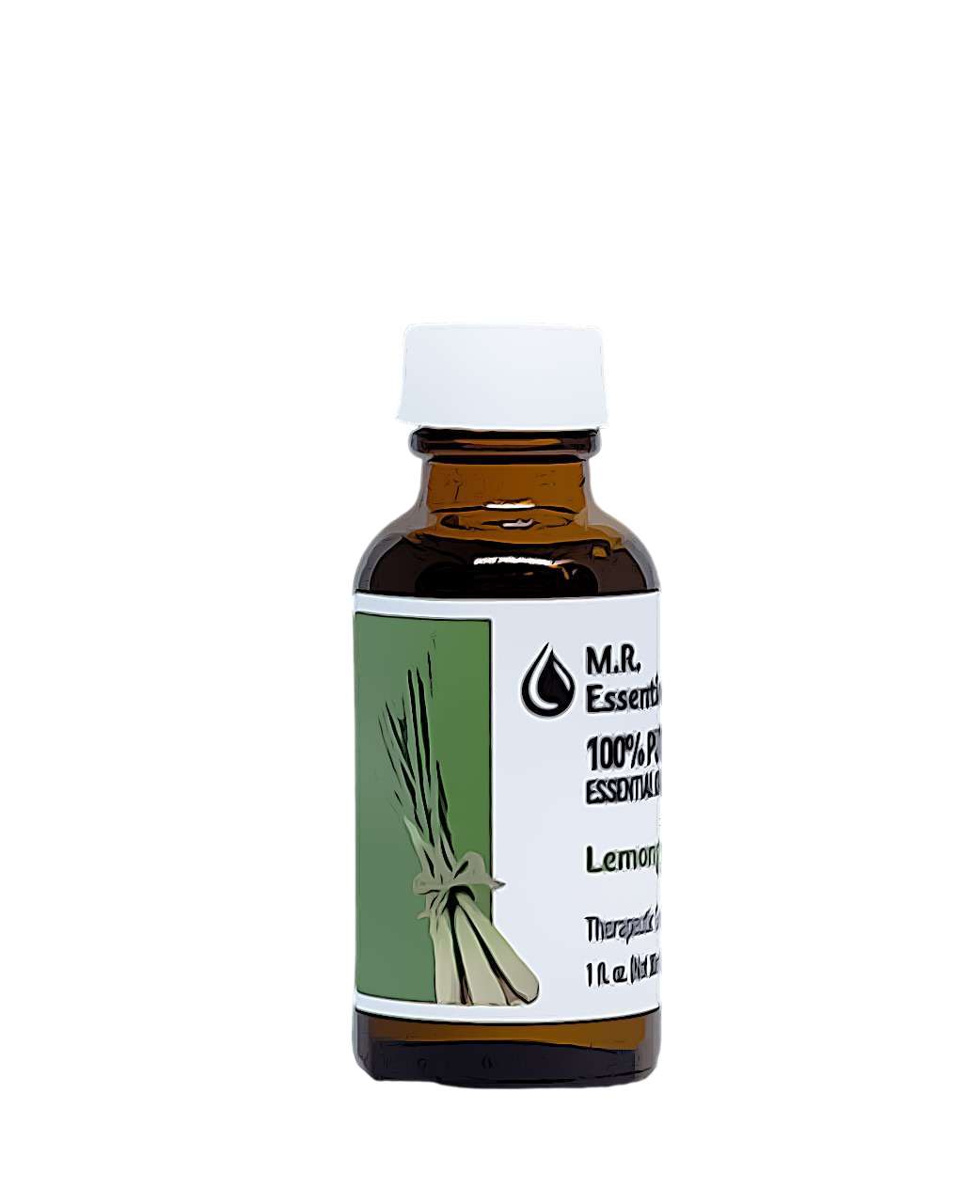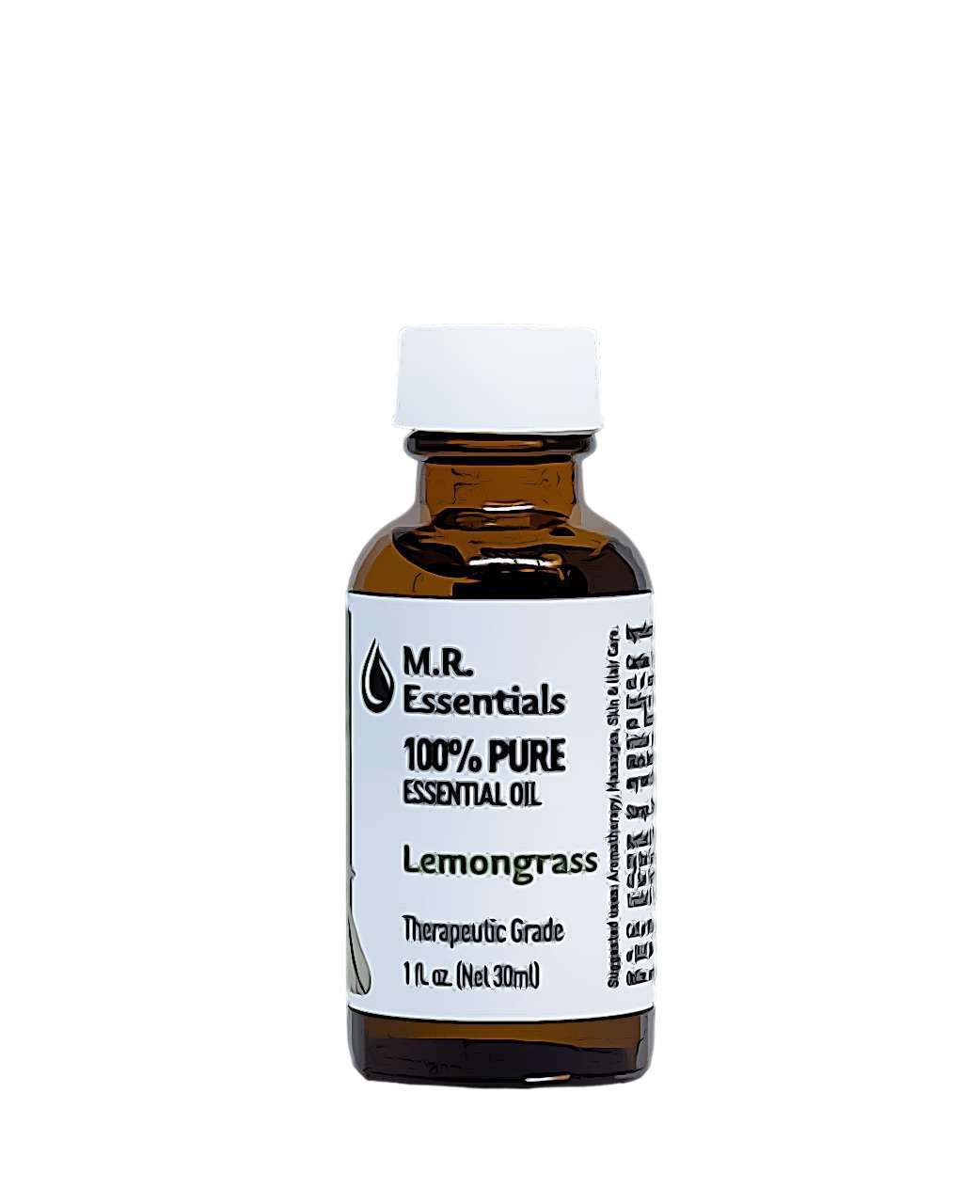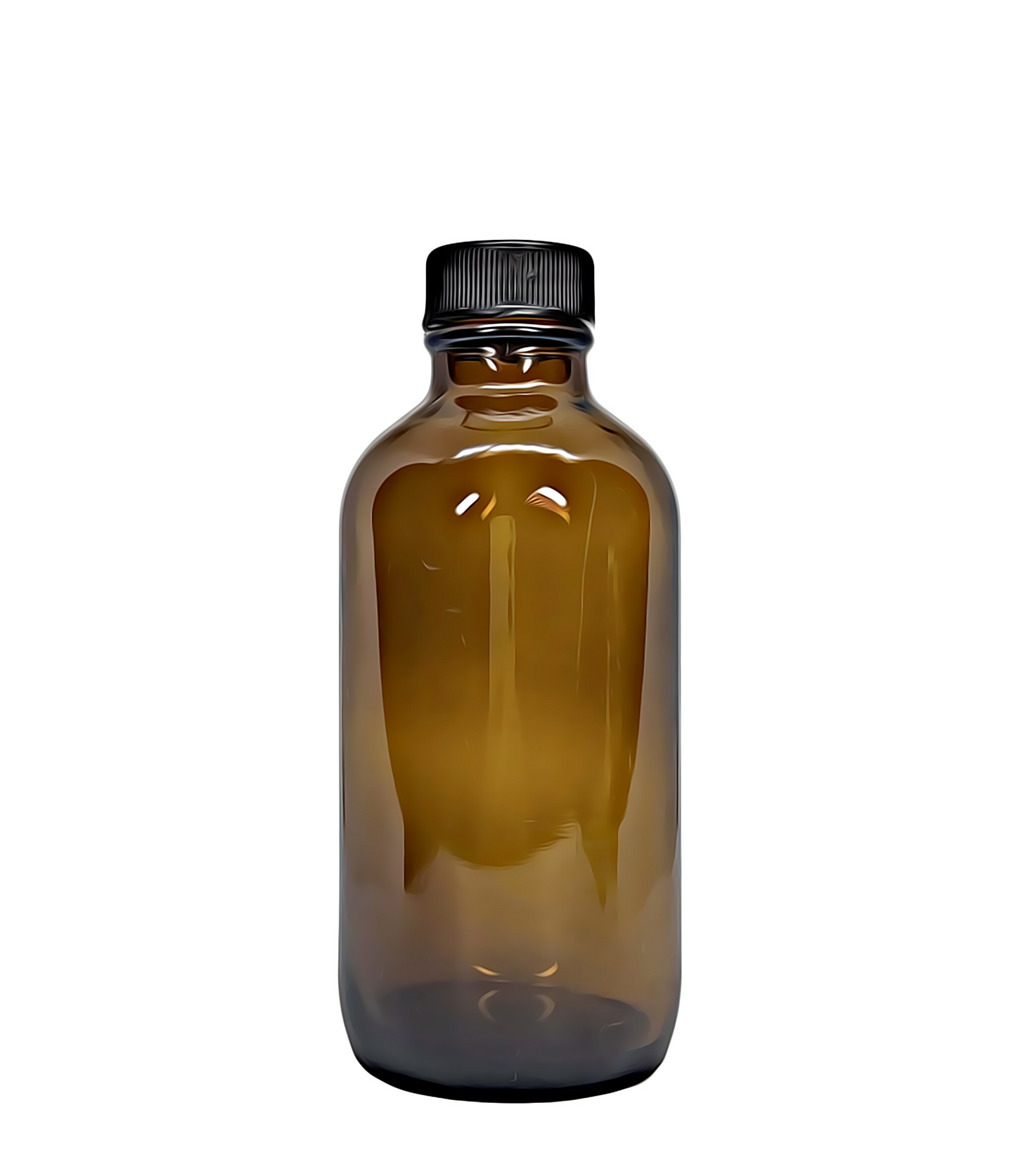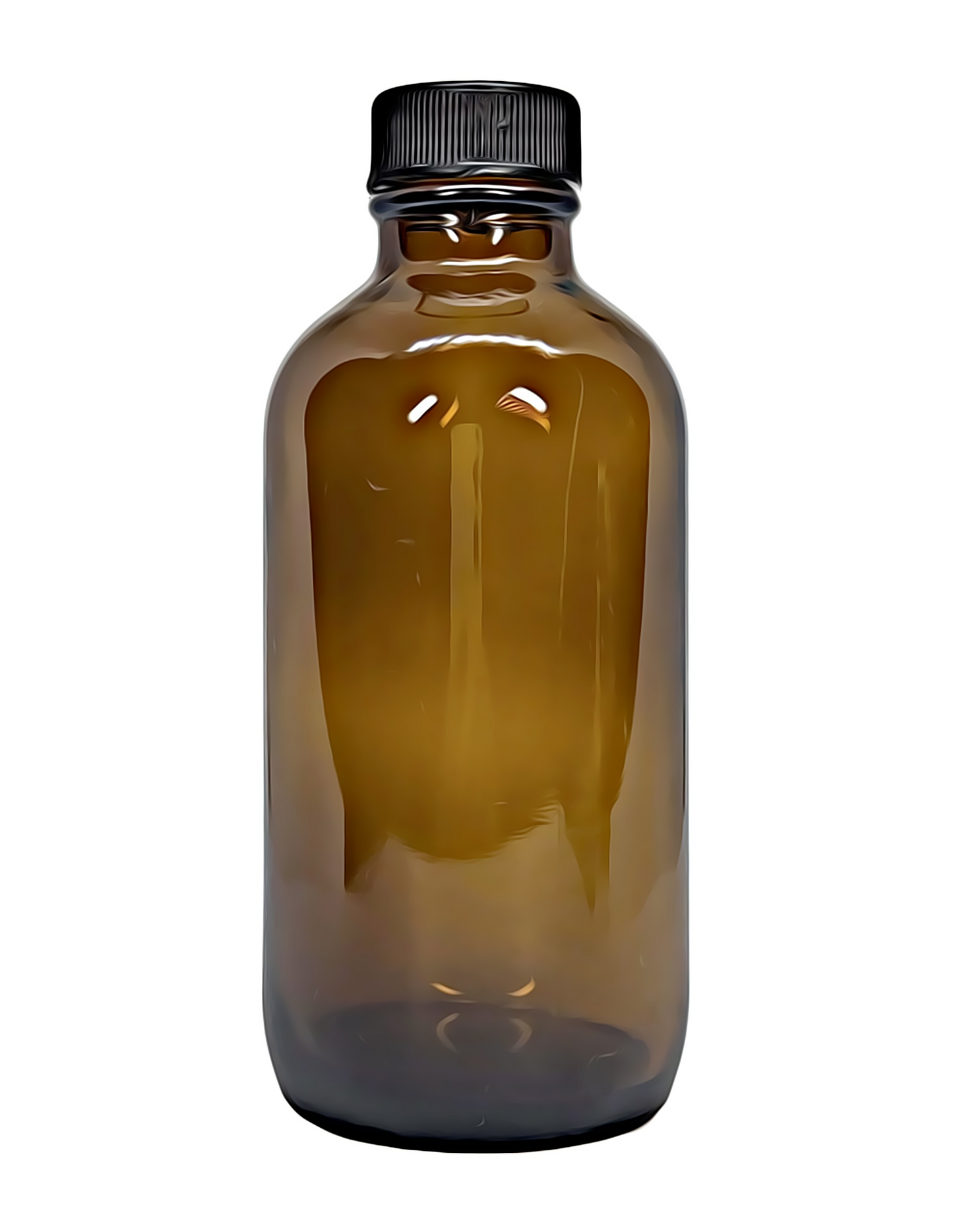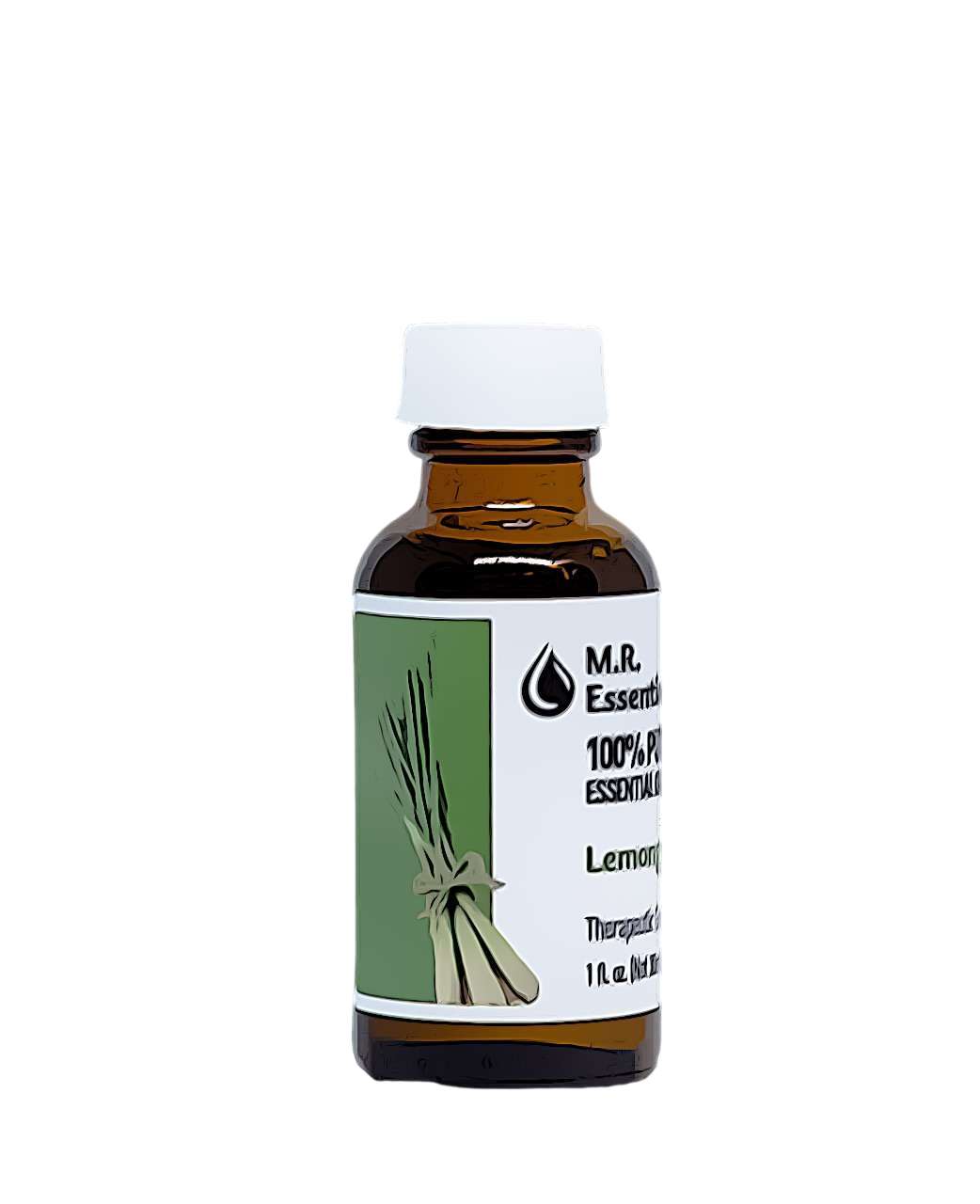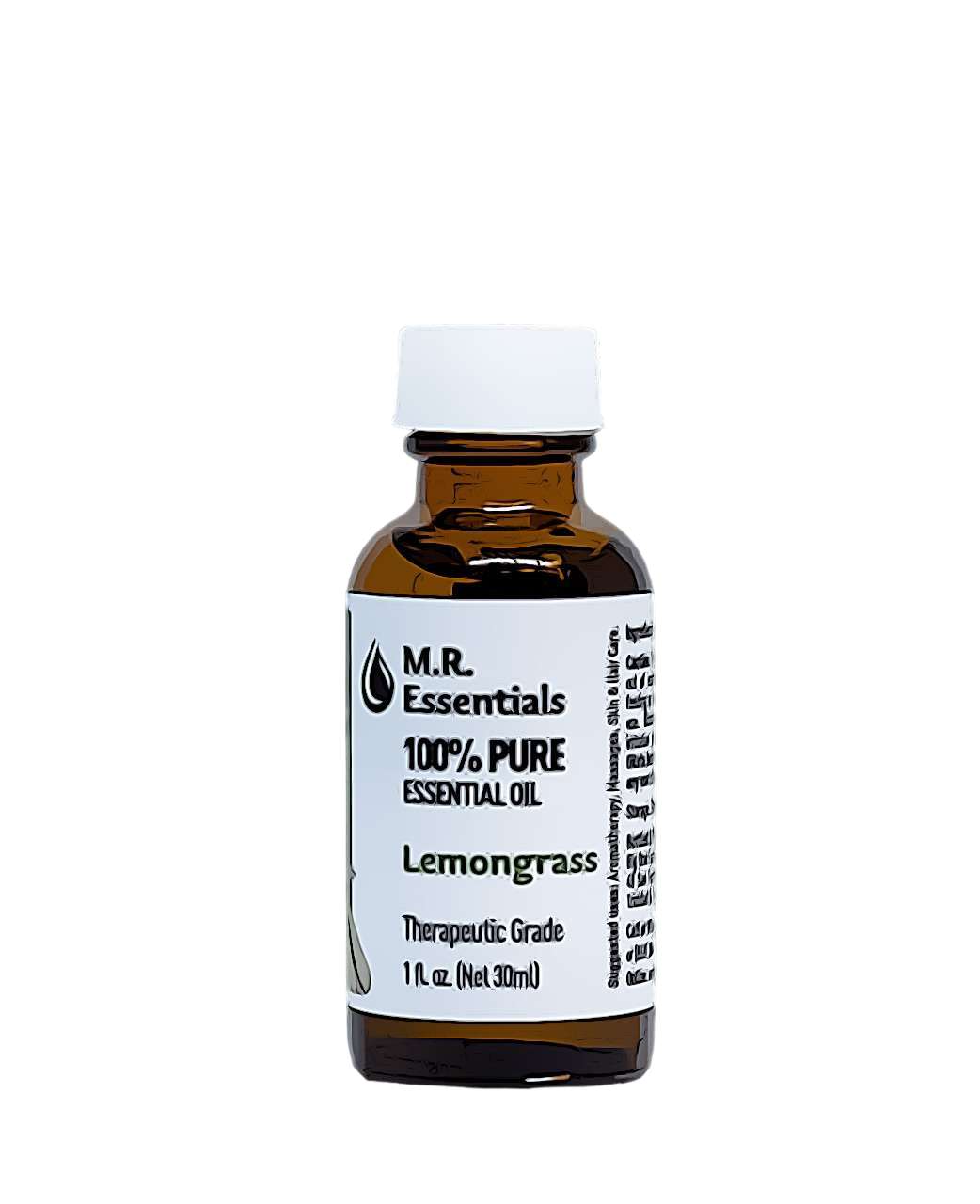MR Essentials
Lemongrass Essential Oil (Cymbopogon flexuosus)
Lemongrass Essential Oil (Cymbopogon flexuosus)
Couldn't load pickup availability
*The statements below have not been evaluated by the Food and Drug Administration. This product is not intended to diagnose, treat, cure, or prevent any disease.
Share
Product Details
Product Details
Method of Extraction: Steam Distillation.
Plant Part Used: Grass.
Color: Pale Yellow to Vivid Yellow.
Consistency: Thin
Aromatic Description
Aromatic Description
Perfumery Note: Top
Strength of Initial Aroma: Strong.
Aromatic Description: Smells fresh, lemony and slightly herbaceous.
Suggested Uses
Suggested Uses
• Muscular Aches + Pains.
• Gastrointestinal Disorders.
• Indigestion.
• Physical + Mental Exhaustion.
• Acne.
• Insect Repellent.
• Athlete's foot.
• Excessive perspiration.
• Flatulence.
• Oily skin.
• Scabies.
• Stress.
Source: Valerie Ann Worwood, The Complete Book of Essential Oils and Aromatherapy, 25th Anniversary Edition (Novato, CA: New World Library, 2016, 599.
[Julia Lawless, The Illustrated Encyclopedia of Essential Oils (Rockport, MA: Element Books, 1995), 56-67.]
Dilution Guideline
Dilution Guideline
Adults: Usually, a 2-3% dilution is suitable, about 12-18 drops of essential oil per ounce of carrier oil.
Children (5-10), Frail Elderly, Sensitive Skin: A lower dilution of 1% or less (6 drops per ounce).
Facial or Sensitive Areas: Use a 0.5-1% dilution (3-6 drops per ounce).
Acute or Short-Term Use: For resolving a specific issue, a marginally higher dilution can be used for a period of 2-3 weeks as necessary.
Major Constituents
Major Constituents
Geranial. Neral. Geranyl Acetate. Geraniol. (+)-Limonene.
Source of constituents for both East Indian and West Indian Lemongrass Essential Oil: B.M. Lawrence, Essential Oils 1981-1987 (Wheaton: Allured Publishing, 1989), 111. L. Zhu, Y. Li, B. Li, et al. Aromatic Plants and Essential Constituents. (South China Institute of Botany, HK, 1993), 200. L.S. Chagonda, C. Makanda. Essential Oils of Cultivated Cymbopogon winterianus (Jowitt) and of C. citratus (DC) (Stapf) from Zimbabwe. (Journal of Essential Oil Research 12, 2000), 478-480. Sources cited in Robert Tisserand and Rodney Young, Essential Oil Safety (Second Edition. United Kingdom: Churchill Livingstone Elsevier, 2014), 334.
Safety Information
Safety Information
Tisserand and Young caution that a drug interaction may occur if using drugs metabolized by CYP2B6 and that there is a risk of teratogenicity.
They precaution against topical use in children and infants under age 2 and for those with hypersensitive/diseased/damaged skin. They recommend a dermal maximum of 0.7%.
Reading Tisserand and Young's full profile is recommended. [Robert Tisserand and Rodney Young, Essential Oil Safety (Second Edition. United Kingdom: Churchill Livingstone Elsevier, 2014), 334-335.]
This essential oil poses a higher risk of causing irritation and sensitization when used in the bath. Avoid using it in the bath, even if it is solubilized/diluted.
